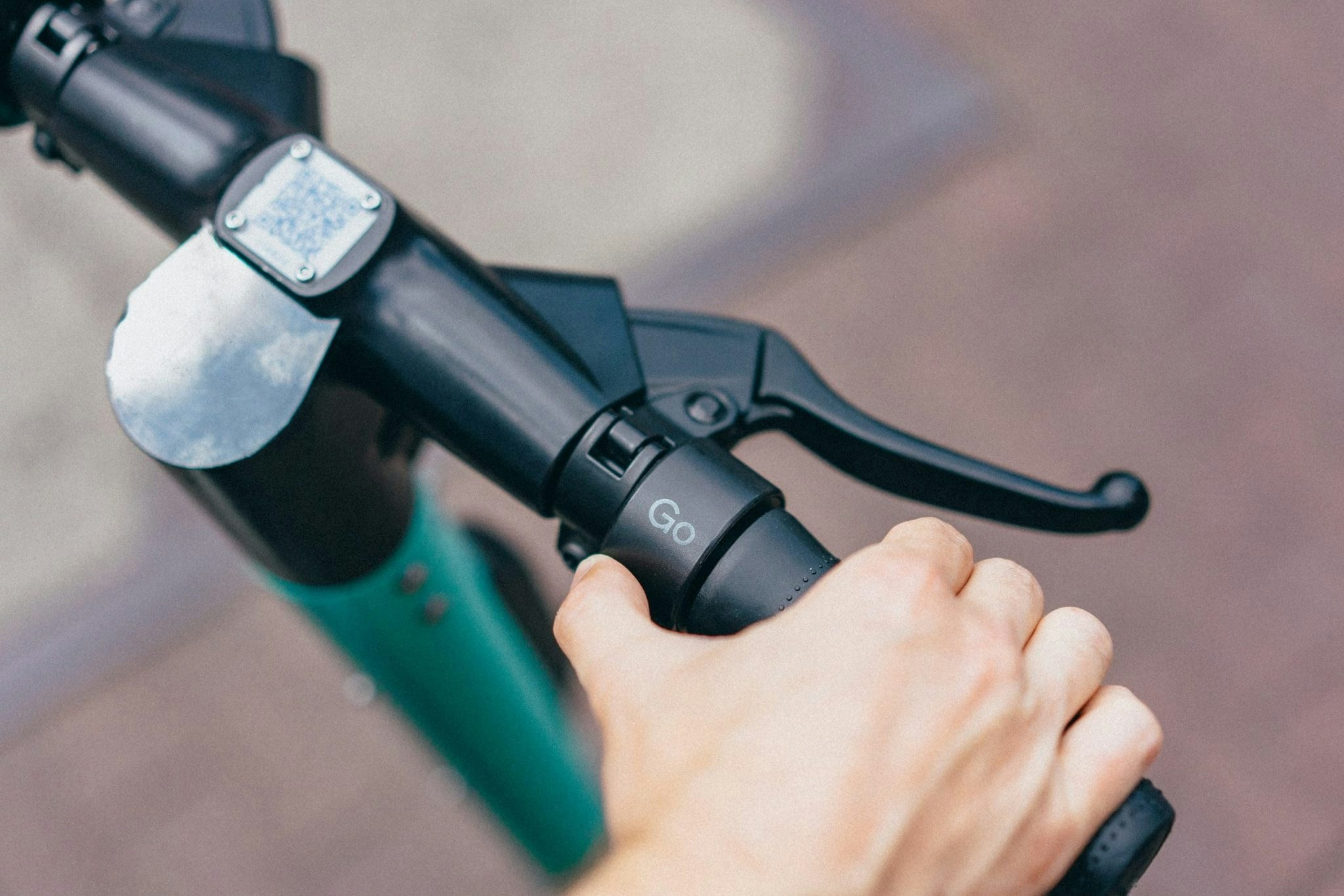This is the second piece in our series about European startup valuations, looking at how VCs got to these valuations and if they are justified. The first here was about Hopin.
Four years ago, e-scooter startups were being offered more money than they knew what to do with by venture capitalists wild with excitement about backing the latest hot trend.
Early on in the frenzy, US-based Lime raised a Series A, B and C worth roughly $450m within 15 months, setting the pace for the entire sector. “The whole industry started on steroids,” says Fredrik Hjelm, CEO of Voi.
But soon, fierce competition, regulators, difficult unit economics and ultimately, a pandemic slowed down the meteoric rise. In May, Lime’s valuation was slashed by 79%, to $510m. The excitement seemed to dim a little.
But that did not stop Japanese investor SoftBank leading Tier’s whopping $250m Series C in November. A month later, The Raine Group led Voi’s $160m Series C.
Post-money, Tier is now valued at $1bn and Voi at $500m. Tier’s valuation has increased continually since it was founded in 2018. Voi has had a downround this summer but is now valued above pre-pandemic levels.
This all points to a renewed confidence in the sector. In Europe, three things have buoyed confidence. First, product innovation is continually reducing costs. Second, the pandemic is expected to drive up revenues as it changes consumer behaviours. Finally, many cities have capped the number of competitors, putting licences up for tender.
But the question still remains: how did investors reach these $1bn and $500m valuations in a sector that suffers from regulatory headaches and has historically had poor unit economics and low barriers to entry?
Investor maths: how did investors reach those valuations?
Part 1: Unit economics and cashflow models
E-scooter unit economics are at least well understood now and, unlike four years ago, investors have the data to forecast future cash flows.
“Thanks to the quality of the market data, predictable market share through tenders and sophisticated unit economics you can build a full set of financial projections,” says Jason Schretter from The Raine Group and lead investor of Voi’s Series C.
Costs have also decreased dramatically through the use of swappable batteries, first introduced in Europe, according to investors.
Mubadala’s Amer Alaily who led Tier’s Series B, says he expects further efficiencies for Tier.
A pilot which incentivised riders to swap batteries themselves suggests that reducing costs per ride by 50% (or more) is feasible. It would however mean the roll-out of a charging network, which requires investment, and relinquishing some operational control to users.
Schretter says that partly as a result, “if current trends hold, this is not an industry that we see as having a long future of cash burn ahead”.
Part 2: Pandemic revenues & multiples
Tier disclosed high level financial data, showing impressive top line growth. It has more than doubled its fleet over the year to 65,000 while revenues doubled. Next year, it plans to add another 100,000 scooters, almost tripling the fleet again. Such ambitious growth figures underpin the $1bn valuation.
However, rapidly scaling a regulated, asset heavy business is challenging. New assets bring costs — development, production, maintenance — and stretch logistics. And it means risk. One cannot simply release a beta version of a scooter to enable bug fixes, efficiency improvements or to extend the scooter lifetime. For example, in the first quarter of 2019, Bird had to write off $100m, because scooters depreciated faster than expected. On top, tendering requirements might slow or cap growth.
No cashflow model goes uncalibrated. Paul Murphy from Northzone (who backed Tier) confirmed Tier investors used a sales multiple range between Uber (7x trailing revenue) and SaaS companies (~20x). Tier’s $1bn valuation was 14x this year’s expected revenue of $ 70m, in the middle of the range. Per Brilioth from VNV confirms VNV valued Voi using a similar multiple range.
Whether Uber is a relevant comparable is up for debate however, given that it does not own its fleet and only counts commissions as revenues. One thing is certain: like other tech companies, e-scooter investors won’t consider old-world mobility rental services. For example, car rental business Europcar is currently valued at $160m for approximate trailing 12 months revenues above $2bn.
Part 3: The role of regulators
The market has evolved from a B2C to a B2B2C market. Regulators are the gatekeepers, to a certain extent controlling a company’s growth opportunity, but also ensuring stability. UK regulators have increased the accessible market by allowing e-scooter trials — but could also take it away again.
Unlike other tech companies, Tier and Voi have chosen a highly collaborative approach to secure future market share. For example, Voi has a team of 30 to work with regulators.
How do Voi and Tier compare?
Tier’s valuation was twice that of Voi in the recent rounds. Investors of both companies used similar multiples, suggesting Voi’s revenues are smaller. Tier’s profitability is higher — Tier reached EBIT profitability while Voi is EBITDA profitable.
Tier and Voi have positioned themselves as different bets. Per Brilioth of VNV, who invested 10% of its portfolio in Voi says Voi will focus on e-scooters and try to win as many tenders as possible in the near future. Tier’s vision is more ambitious, and already stretches into multi-modal transport like electric mopeds and developing a charging network.
Tier and Voi in December 2020 are a world apart from Bird and Lime in 2017. They have worked harder to cooperate with regulators and are much closer to profitability.
However, whether they can grow sufficiently quickly to underpin such lofty valuations and whether the comparison to marketplace businesses holds up remains to be seen.
Katja Staple writes about the business of startups for Sifted.


